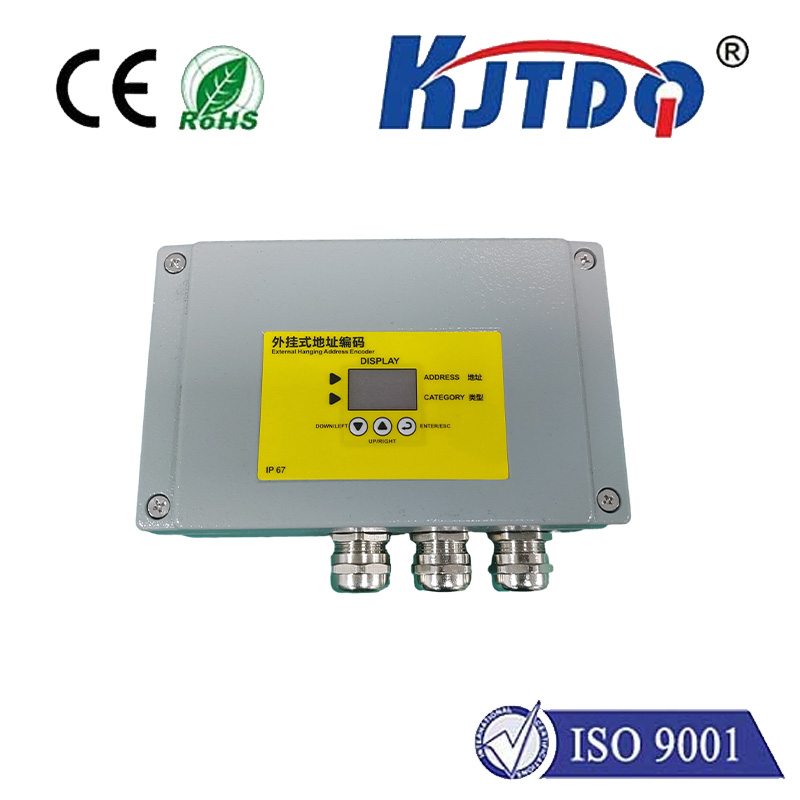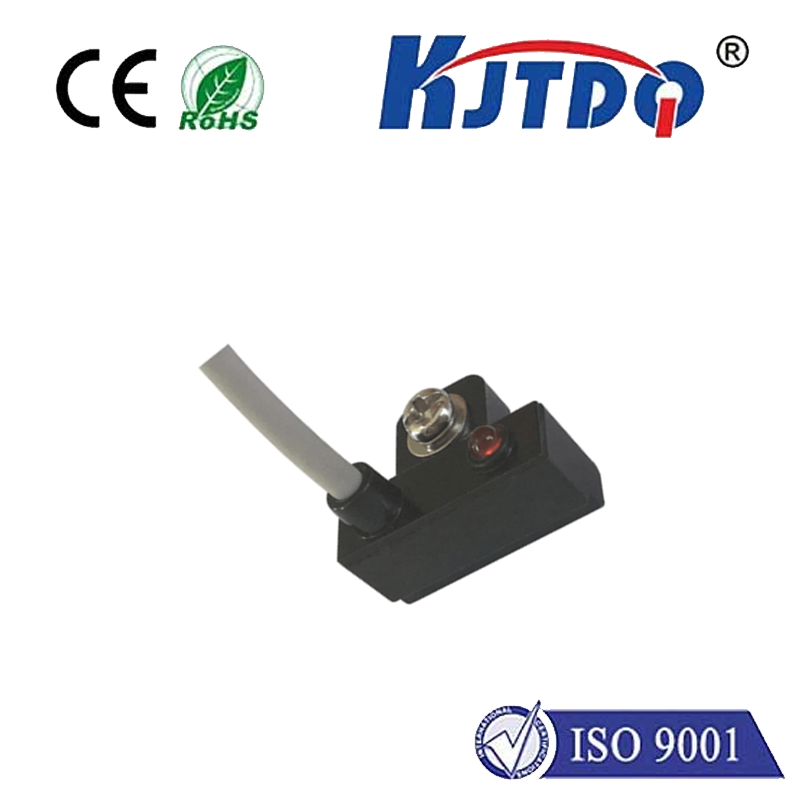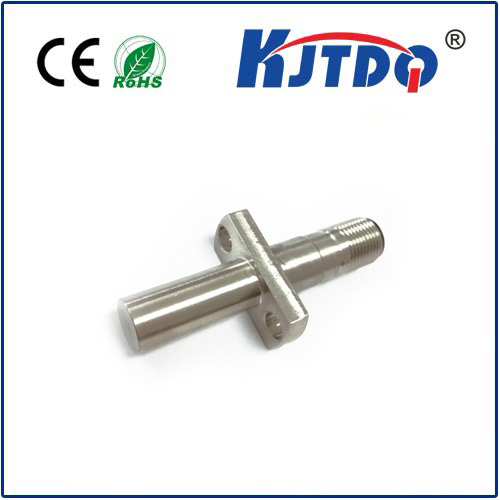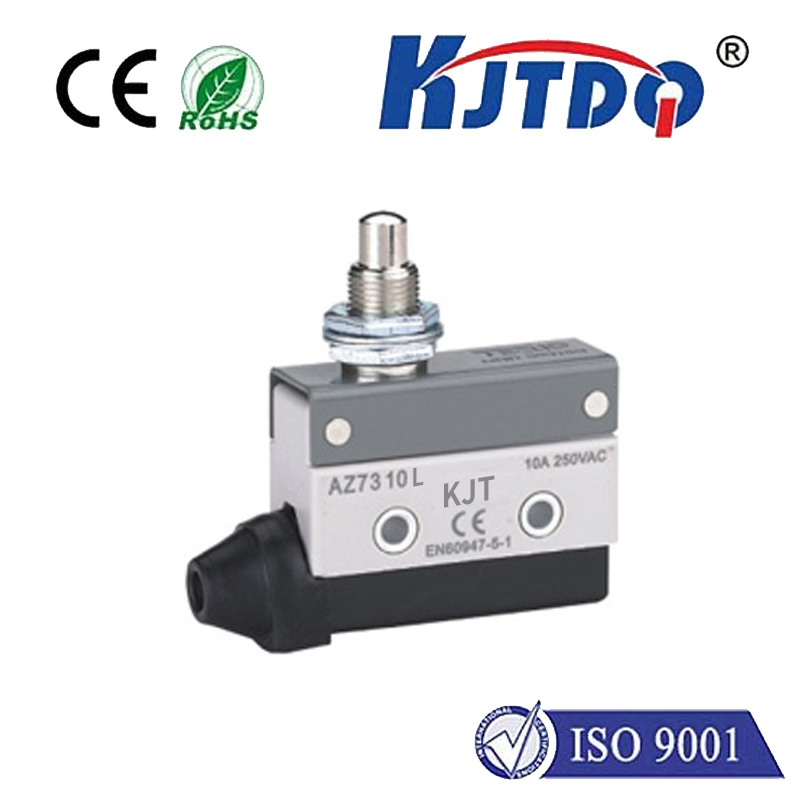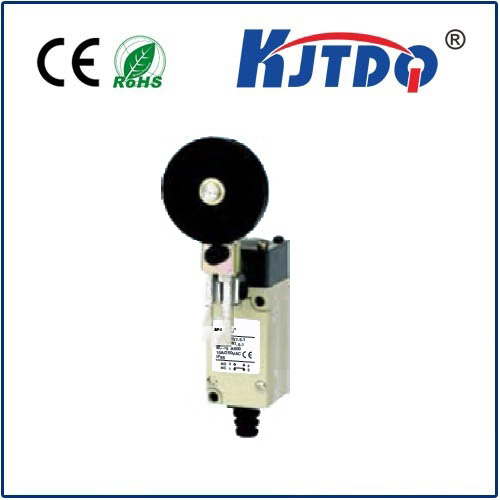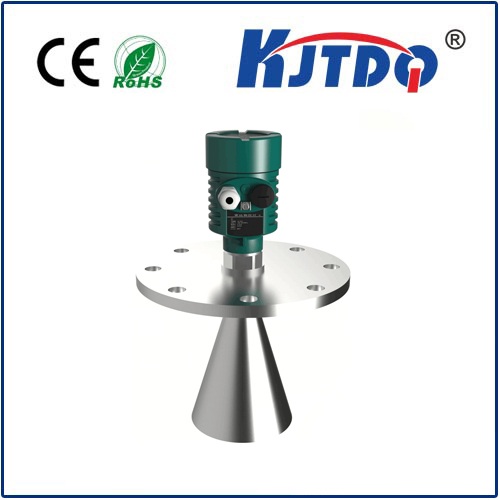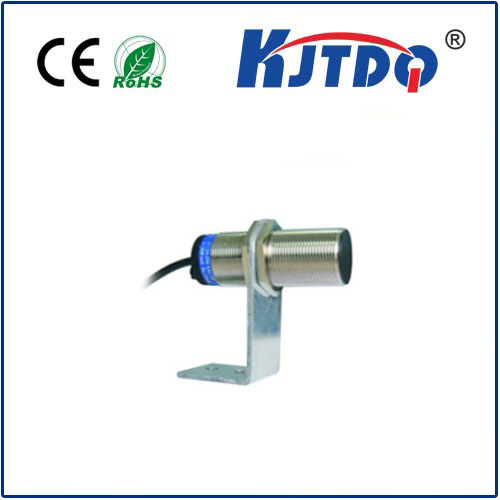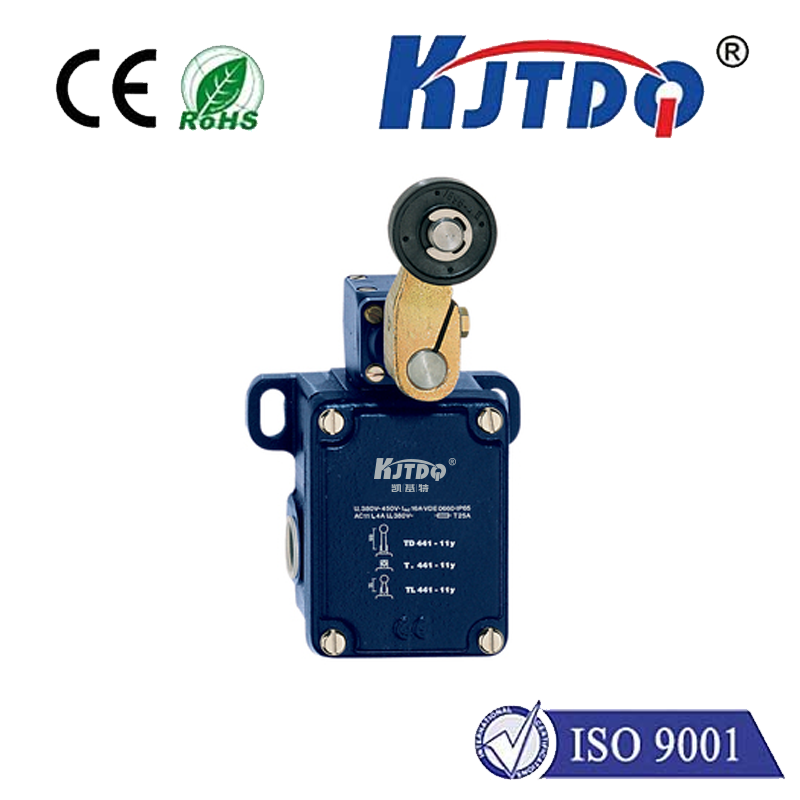

check

check

check

check

check

check

check

check

check

check
Title: Understanding the Bernstein Limit Switch D 32457: A Comprehensive Guide
Introduction:
In industrial automation and control systems, limit switches are essential components that help to prevent equipment from overheating, damaging mechanisms, or causing safety hazards. The D 32457 is a popular type of limit switch, particularly in applications where precise control and monitoring are necessary. This article aims to provide an in-depth understanding of the Bernstein limit switch D 32457, including its features, advantages, and limitations.
Features:
The D 32457 is a dual circuit, normally open, contactless limit switch with a rated voltage of up to 240VAC and 50/60Hz. It features a compact design with a high-impact plastic housing, making it suitable for use in harsh environments. The switch uses infrared (IR) technology to operate, providing reliable and accurate switching without physical contact. The switch also has multiple operating modes, including latching, resettable, and non-resettable, allowing users to tailor the behavior according to their specific application requirements.
Advantages:
One of the primary advantages of the D 32457 is its reliability. Unlike traditional mechanical switches, which can wear out over time or fail due to external factors such as moisture or vibration, IR limit switches offer a long service life and minimal maintenance. They also have excellent response times, ensuring quick and accurate control of machinery and systems. Additionally, the contactless nature of the D 32457 eliminates the need for physical cleaning or replacement of contacts, further enhancing its durability.
Another advantage of the D 32457 is its flexibility. With multiple operating modes and adjustable settings, this limit switch can be used in a wide range of applications, from simple on/off controls to complex motion detection systems. Its compatibility with various sensors and control devices also allows for easy integration into existing systems and networks. Furthermore, the infrared technology used by the D 32457 ensures that it operates quietly and without interference, making it suitable for use in noisy or crowded environments.
Limitations:
Despite its many advantages, the D 32457 does have some limitations that should be considered when selecting it for a particular application. One limitation is its range, which is limited to about 30 feet in open spaces. This means that if the machinery being controlled is located beyond this distance, additional signal boosters or repeaters may be required to ensure reliable operation. Another limitation is that the switch requires a power source to operate correctly, so it may not be suitable for all applications where a power supply is not readily available. Finally, while the D 32457 is generally reliable and long-lasting, it is not immune to failure caused by electrical shorts or malfunctions in the power supply or control system. Therefore, regular maintenance and inspection are crucial to ensure continued safe and efficient operation.
Conclusion:
In conclusion, the Bernstein limit switch D 32457 is a versatile and reliable component ideal for use in a variety of industrial automation and control applications. Its compact design, high-impact plastic housing, and contactless operation make it suitable for harsh environments, while its multiple operating modes and flexibility allow for easy integration into existing systems. Despite some limitations such as limited range and reliance on power sources, these limitations can be overcome with proper selection and configuration. Overall, the D 32457 represents a cost-effective solution for controlling machinery and maintaining safety in various industrial settings.
